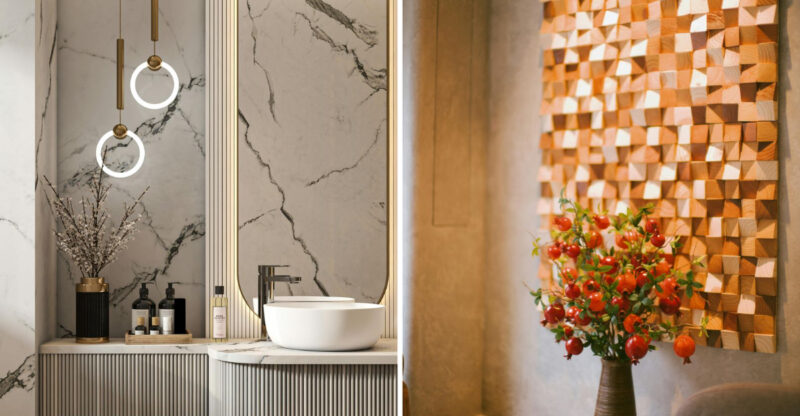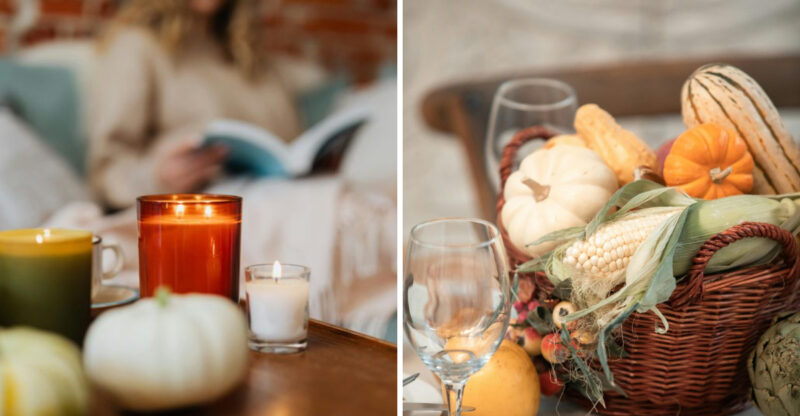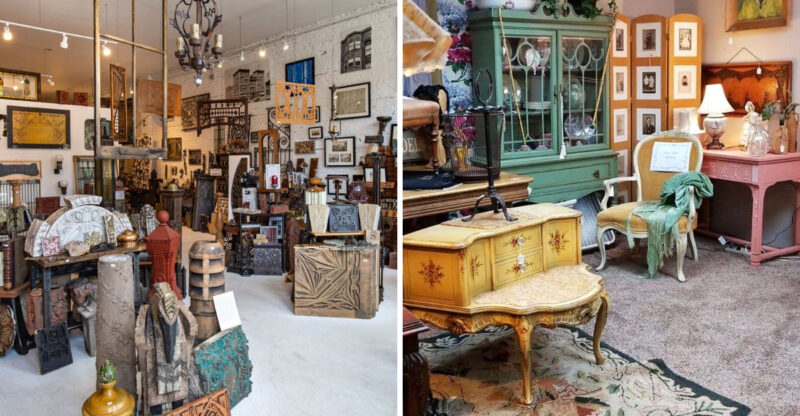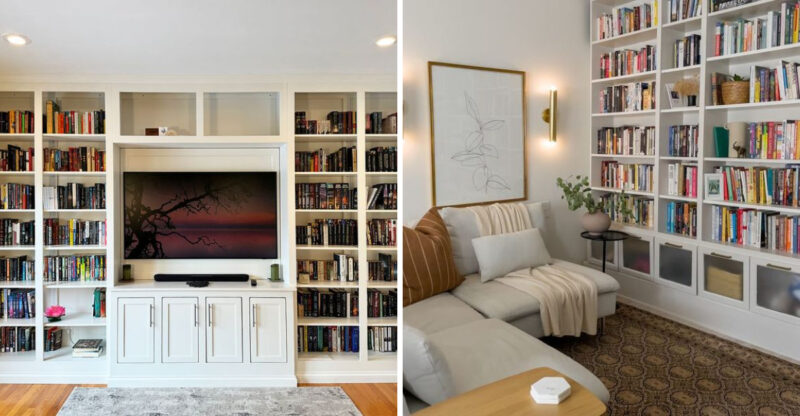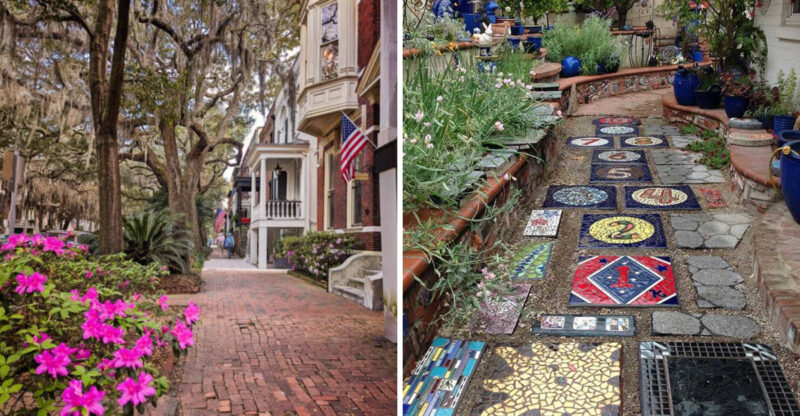9 Practical Tips For Styling Kitchen Shelves
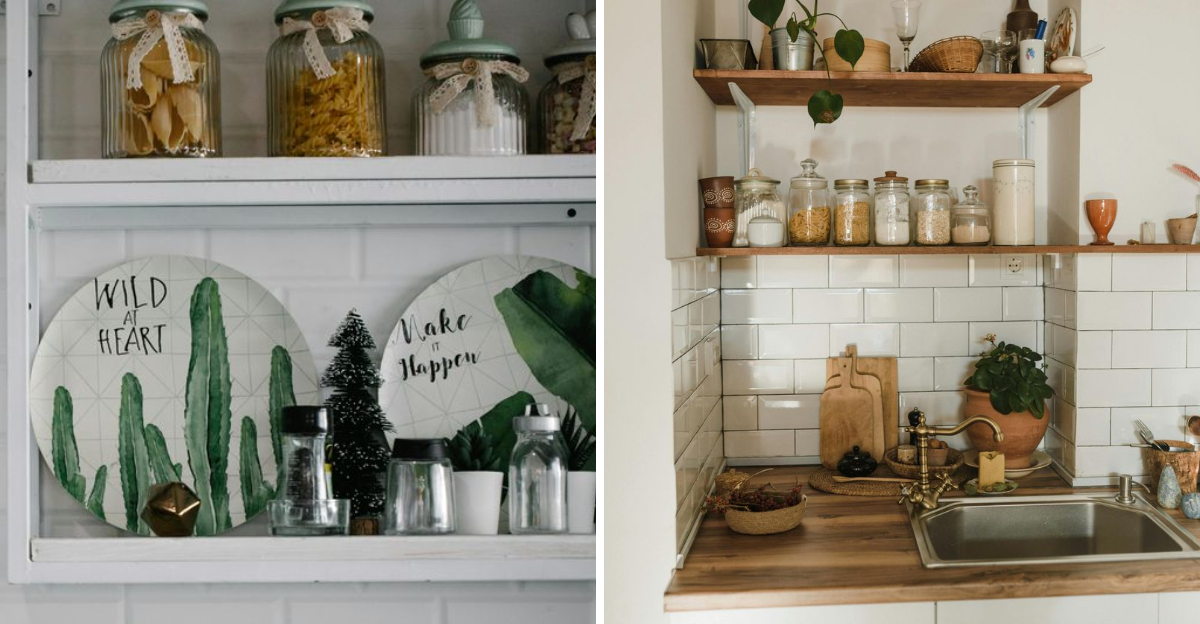
Kitchen shelves can transform from cluttered catchalls to stunning displays with just a little know-how. Well-styled shelves not only keep everyday items within reach but also add personality and charm to your cooking space.
Whether you’re working with open shelving or glass-front cabinets, these practical tips will help you create functional and beautiful kitchen displays.
The tips provided are for general guidance and inspiration; results may vary based on kitchen size, layout, and personal style preferences.
1. Mix Functional With Decorative
Balance is key when styling kitchen shelves. Combine everyday items like plates and glasses with decorative pieces such as small plants or vintage finds. This creates a lived-in look that’s both practical and pretty.
Try grouping cooking essentials by color or size, then add one or two decorative accents to each shelf. The result is a display that serves your daily needs while still looking intentionally designed.
2. Create Visual Rhythm With Varied Heights
Playing with different heights creates movement and interest across your shelves. Arrange taller items like pitchers or wine bottles next to medium-height stacks of bowls and shorter items like spice jars. The eye naturally follows this variation.
For maximum impact, place taller objects toward the back or ends of shelves. This prevents them from blocking smaller items and creates a pleasing silhouette that draws attention without overwhelming the space.
3. Embrace Negative Space
Resist the urge to fill every inch of your shelves! Leaving some empty space between groupings allows each display to breathe and prevents the cluttered look that makes kitchens feel chaotic. Think of empty space as a design element itself.
A good rule of thumb is to leave at least 20% of each shelf empty. This strategic spacing highlights your favorite pieces and gives the eye restful places to land, making the entire display more visually appealing.
4. Group Similar Items Together
Collections make a stronger visual statement when displayed together. Gathering similar items-whether by function, color, or material-creates cohesive vignettes that feel purposeful rather than random. White ceramics, wooden cutting boards, or vintage glassware all shine when grouped.
Start with three to five related pieces per grouping. This technique not only looks organized but makes finding what you need easier. For extra impact, arrange collections by size or create a gentle gradient effect within each group.
5. Add Natural Elements For Warmth
Plants, wooden items, and natural textures bring life to kitchen shelves. A small potted herb, a wooden bowl, or woven baskets soften the hard surfaces typically found in kitchens. These elements create balance against ceramic and glass items.
Fresh herbs like basil or rosemary serve double duty-they look beautiful and remain handy for cooking. For less maintenance, consider small succulents or high-quality faux greenery that can withstand kitchen heat and humidity while adding that essential touch of nature.
6. Showcase Special Pieces At Eye Level
Reserve the most visible shelves-typically at eye level-for your favorite or most beautiful items. This prime real estate deserves special attention! Place heirloom pieces, colorful ceramics, or items with interesting shapes where they’ll be noticed most.
Meanwhile, less attractive but necessary items can go on higher or lower shelves. This strategic placement creates focal points that draw attention to your most treasured possessions while keeping everyday essentials accessible but visually secondary.
7. Color Coordinate For Visual Calm
A thoughtful color scheme brings harmony to open shelving. Consider limiting your palette to 2-3 complementary colors that match your kitchen’s overall design. White, cream, and wood tones create a timeless look, while pops of a single accent color add personality.
For a cohesive feel, arrange items in color blocks or gentle gradients across shelves. Even mismatched items look intentional when united by color. This approach creates a sense of order that’s especially important in busy kitchen spaces.
8. Rotate Seasonal Items
Keep your kitchen shelves feeling fresh by swapping certain items seasonally. Summer might feature colorful glassware and fruit bowls, while winter calls for mugs, cocoa stations, and warmer tones. This rotation prevents displays from becoming stale or invisible through familiarity.
Having a small collection of seasonal items to rotate doesn’t require much storage space but makes a big impact. This simple refresh can breathe new life into your kitchen several times a year without a major redesign.
9. Balance Weight Visually Across Shelves
Distribute visual weight evenly throughout your shelving to prevent a top-heavy or lopsided appearance. Place heavier-looking items (darker colors, denser materials) on lower shelves, with lighter, more delicate pieces higher up. This creates stability in your design.
If using multiple shelving units, mirror similar arrangements on opposite sides of the kitchen for symmetry. This thoughtful distribution creates a sense of balance that feels naturally pleasing to the eye and makes the entire kitchen feel more harmonious.

